Grow Lemon Balm to Ease Anxiety, Treat Acne, and even Calm the Bees
Medicinal herbsLemon Balm is a refreshing, fragrant perennial herb that is used to calm anxiety and treat skin issues. This easy-to-grow, medicinally useful herb that attracts pollinators deserves a spot in every garden.
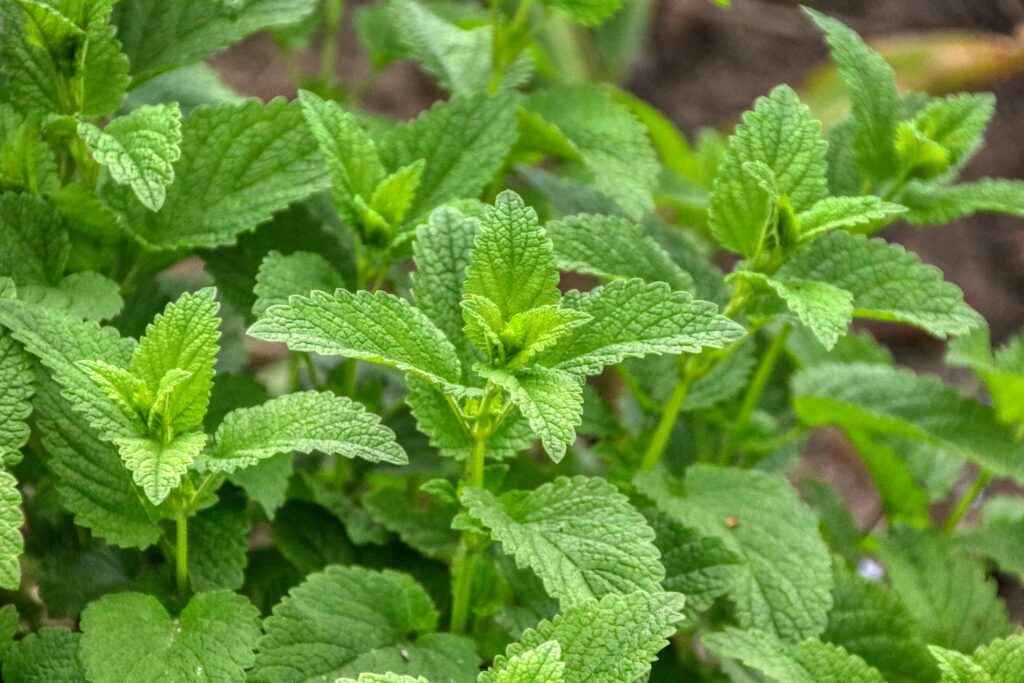
The Lemon Balm plant looks like other species of the mint (Lamiaceae) family. Square stalks and ovate green leaves with rough edges make it hard to distinguish from other mint plants. But once you crush the leaves, its mild lemony scent is easily recognized. Lemon Balm has small, inconspicuous white flowers that bloom in the leaf axils throughout the summer and are very attractive to bees. Because Lemon Balm is rich in nectar, it is sometimes planted to feed bees near hives.
Its name comes from the Greek word “Melissa,” which means “honey bee.” Lemon Balm attracts bees with its small white flowers and was commonly planted around beehives. The Greeks also rubbed the plant leaves in new hives to entice the bees inside. It is believed that lemon balm contains chemicals similar to bee pheromones.
Medicinal Uses of Lemon Balm
A calming, antiviral herb that is easy to grow, Lemon Balm has been a garden favorite for centuries. From its beginning as a native plant in the Mediterranean area, Lemon Balm (Melissa officinalis) has been cultivated for over 2,000 years and is now found worldwide.
The sedative effects of Lemon Balm have a long tradition in human consumption. Arabs, Greeks, and Europeans were all known to use Lemon Balm in medicinal drinks to ease anxiety and depression. For centuries, the leaves have been used to make a calming tea.
Lemon Balm tea was said to help ease the heart and take away sadness. It has also been used to help with headaches, indigestion, and nausea.
Lemon Balm can also be used externally. Its antiviral and antibacterial properties have been helpful in treating sores and acne. And its scent can be effective as an insect repellent.
Lemon Balm’s long history of health benefits has been backed up by recent studies that show success in treating cold sores and easing depression and anxiety.
How to Grow Lemon Balm
Lemon Balm is a perennial and can be started from seed. It is easy to grow and will even reseed itself. It typically reaches 2’ to 3’ tall. Fragrant Lemon Balm makes a great addition to pathways, borders, and anywhere in the garden where it will attract bees.
Sun
Full sun is best, but partial shade is okay too.
Soil
Lemon Balm will thrive in nutrient-rich, well-drained soil but also tolerates less ideal soil.
Water
Water as needed. Soggy soil is more likely to be a problem for lemon balm than being a little dry.

Pruning and Dividing Lemon Balm
Unlike other mint plants, Lemon Balm doesn’t send out runners underground. Instead, the root clumps grow bigger and bigger. In the spring, the root clumps can be divided and replanted.
In the fall, and any time you want to encourage new growth, Lemon Balm can be cut back. In the winter, it dies back but regrows in spring.
It doesn’t take much to keep your Lemon Balm plants growing and healthy.
Harvesting Lemon Balm
Lemon balm leaves can be harvested at any time. The flavor is best when leaves are picked before the plant starts producing flowers.

How to Use Lemon Balm
- There are many benefits of Lemon Balm tea. It can calm anxiety, ease cramps, nausea, headaches, and indigestion, and help with depression.
- The essential oils found in Lemon Balm leaves can be used externally on cold sores, wounds, and acne.
- Crush the leaves and rub them on the skin as a mosquito repellent.
- To make tea, pick fresh leaves. Use about two tablespoons to 1 cup boiling water. Let steep for about 5 minutes, and drink when cooled.
- The fresh lemony flavor can be used in a variety of dishes. However, its taste is most intense when used raw. Try using it to replace lemon peel.
- Combine Lemon Balm leaves with water and sugar, and cook to make a syrup. Use it to flavor jelly, ice cream, and sorbets.
- Cut stalks of Lemon Balm and add them to flower bouquets for their unique scent.
Cautions: Like other herbs, Lemon Balm can potentially interact with medications. Check with a doctor if you are taking a sedative, thyroid medications, or other prescription medications and if you are nursing or pregnant.

Lemon Balm FAQs
Will lemon balm spread?
Lemon balm doesn't spread through rhizomes like other mint plants. However, the root clumps continue to grow and need to be divided every few years.
Can lemon balm be grown indoors?
Lemon balm can be grown indoors if it is given enough light. It needs at least 6 hours of light and may need additional grow lights if there isn't enough natural light.
Grow lemon balm in a large enough container with potting soil that drains well.
Lemon Balm is one of those highly useful herbs that can be grown in a medicinal garden as well as a cottage garden. It will attract pollinators to benefit all of your plants and make your vegetables more productive.
Start growing lemon balm from seeds and enjoy the refreshing flavor and many helpful uses.




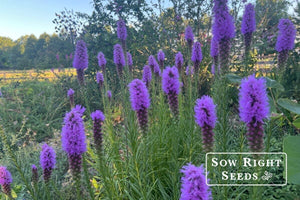
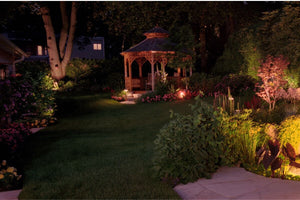
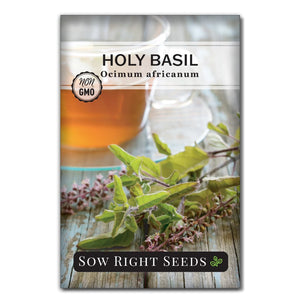
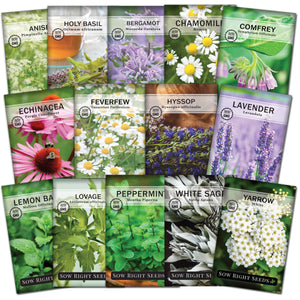
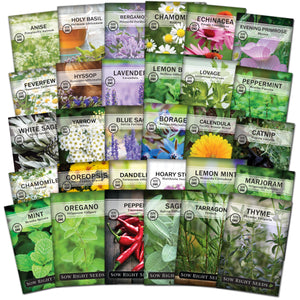
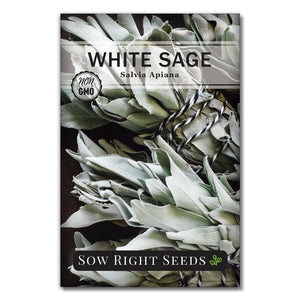
Leave a comment